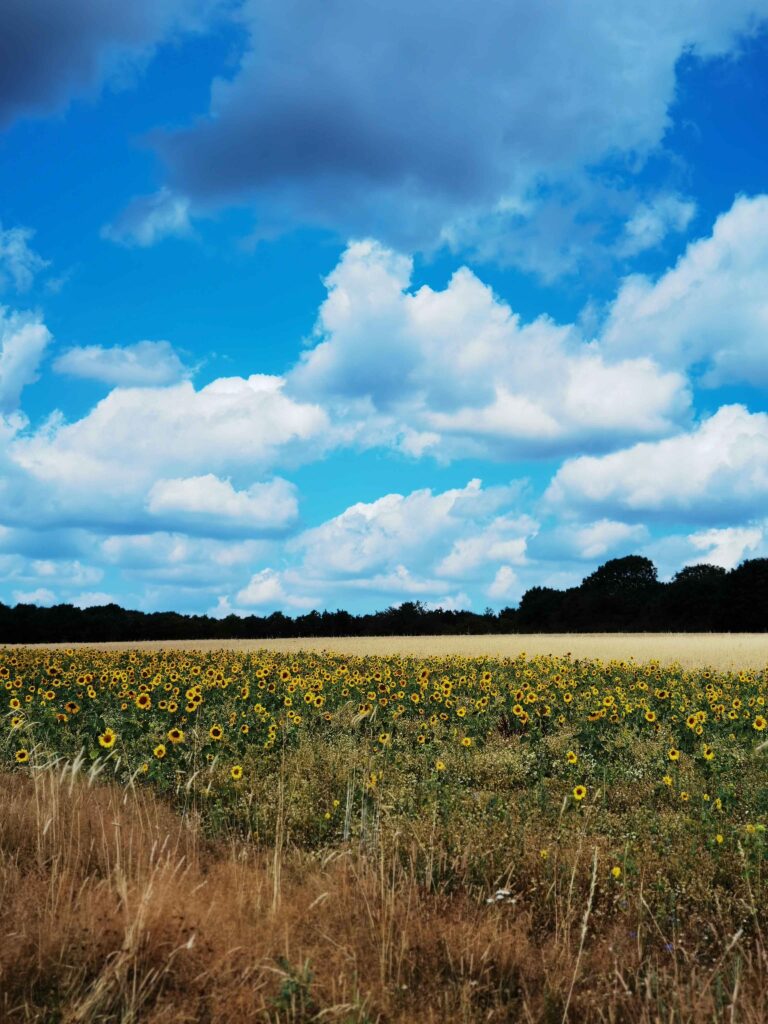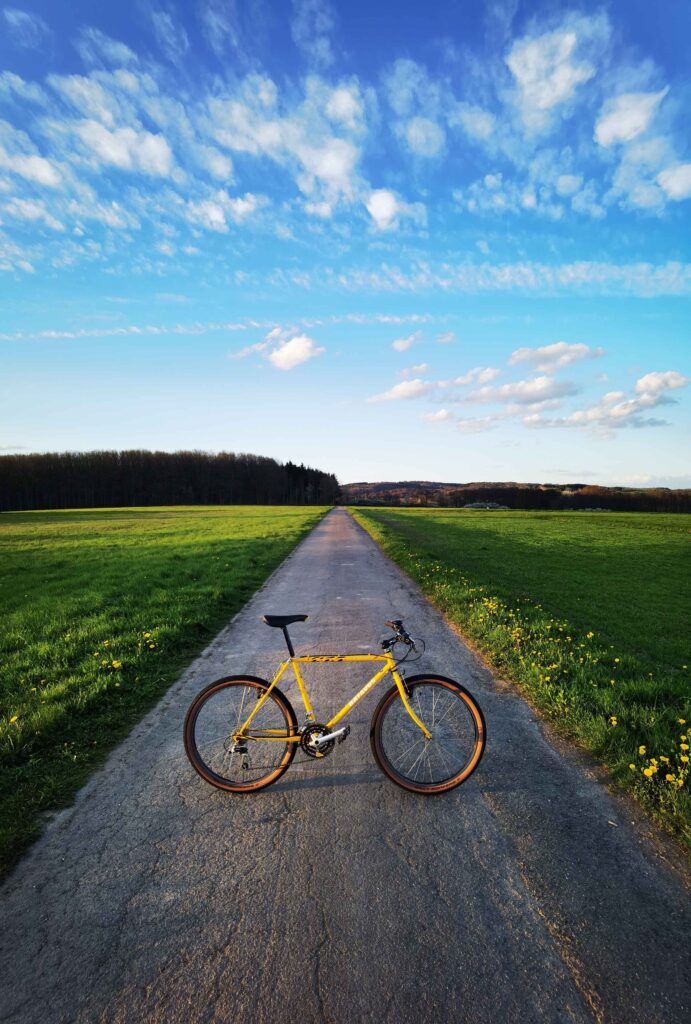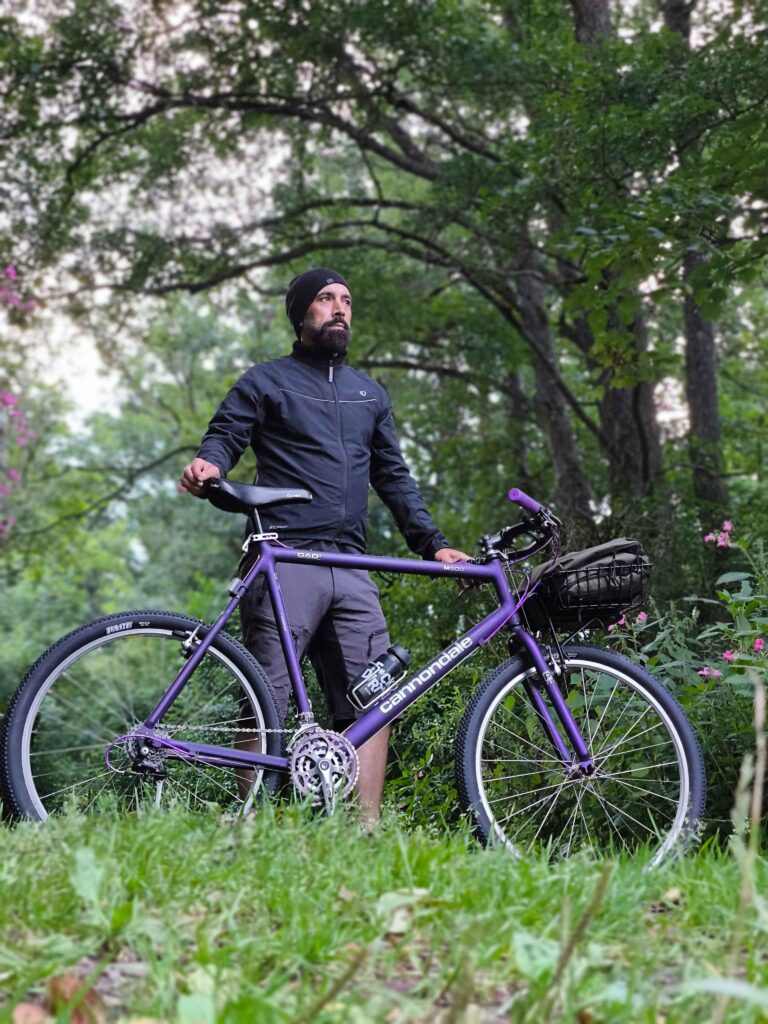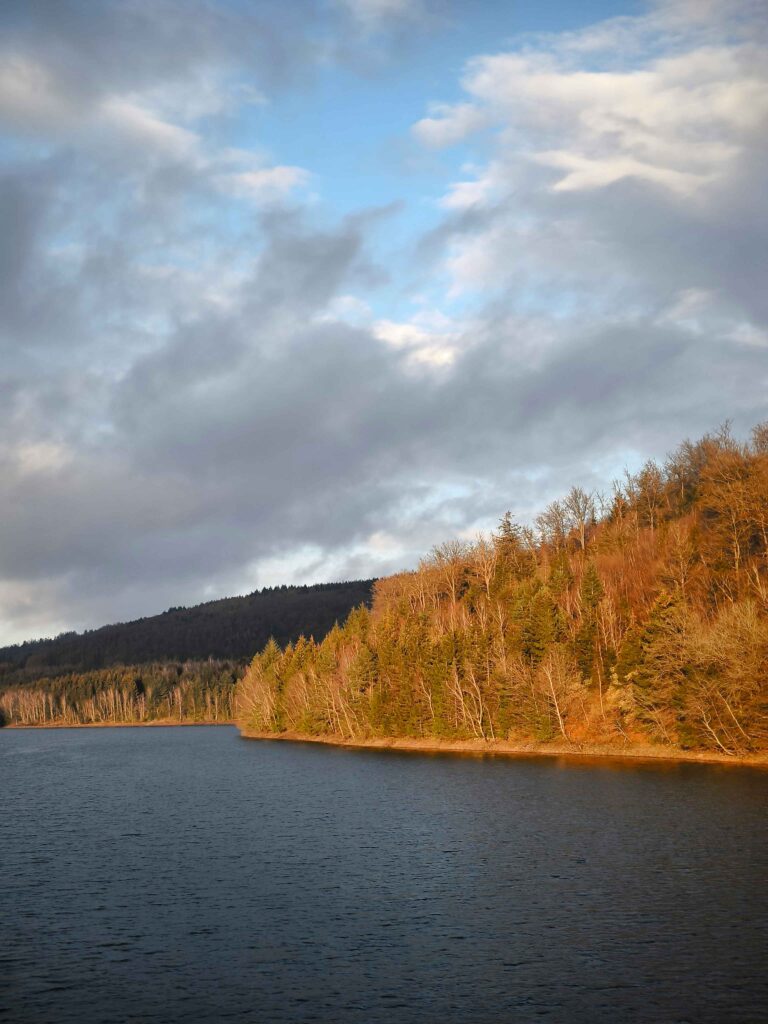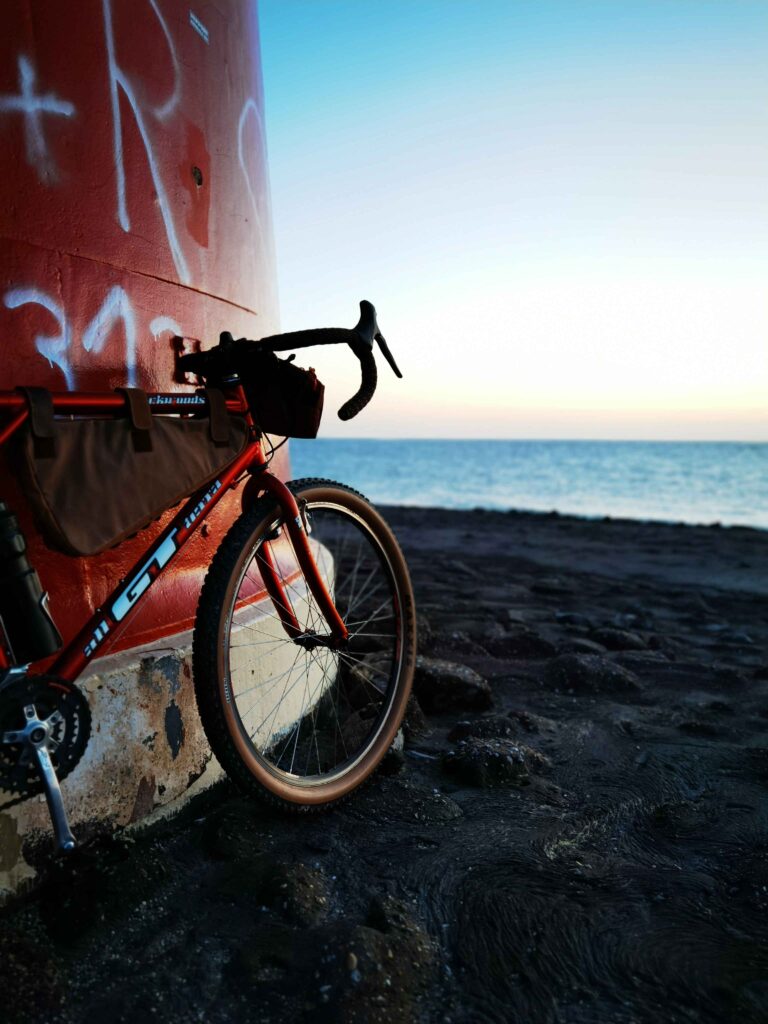In the world of cycling, there are people who don’t follow trends but pursue a genuine passion, rooted in experience and the desire to explore. Andreas is one of these people. In his personal photoblog Gravel and Breathe, he narrates his journey through bicycles, gravel roads, and pieces of steel that come back to life under his hands. He buys, builds, rides, and then sells, in an endless cycle that seems to be the perfect metaphor for his vision of cycling. But what truly drives him to keep going? And most importantly, what does the 26er MTB mean to him today? Let’s find out together.
Andreas, welcome to the “26 Ain’t Dead” column. Introduce yourself and tell us more about you.
Ciao Emanuele, and thank you for the invitation to the interview! I’m Andreas, a 50-year-old social worker, passionate cyclist, and mechanic who captures my love for cycling through the lens of my camera. On my Instagram account Gravel and Breathe, I share my experiences and the stories behind the bikes I buy, build, ride, and sometimes sell. It’s not just about the cycling itself, but the whole experience, such as the people from whom I buy the bikes or to whom I resell them, and the stories behind the old bicycles.
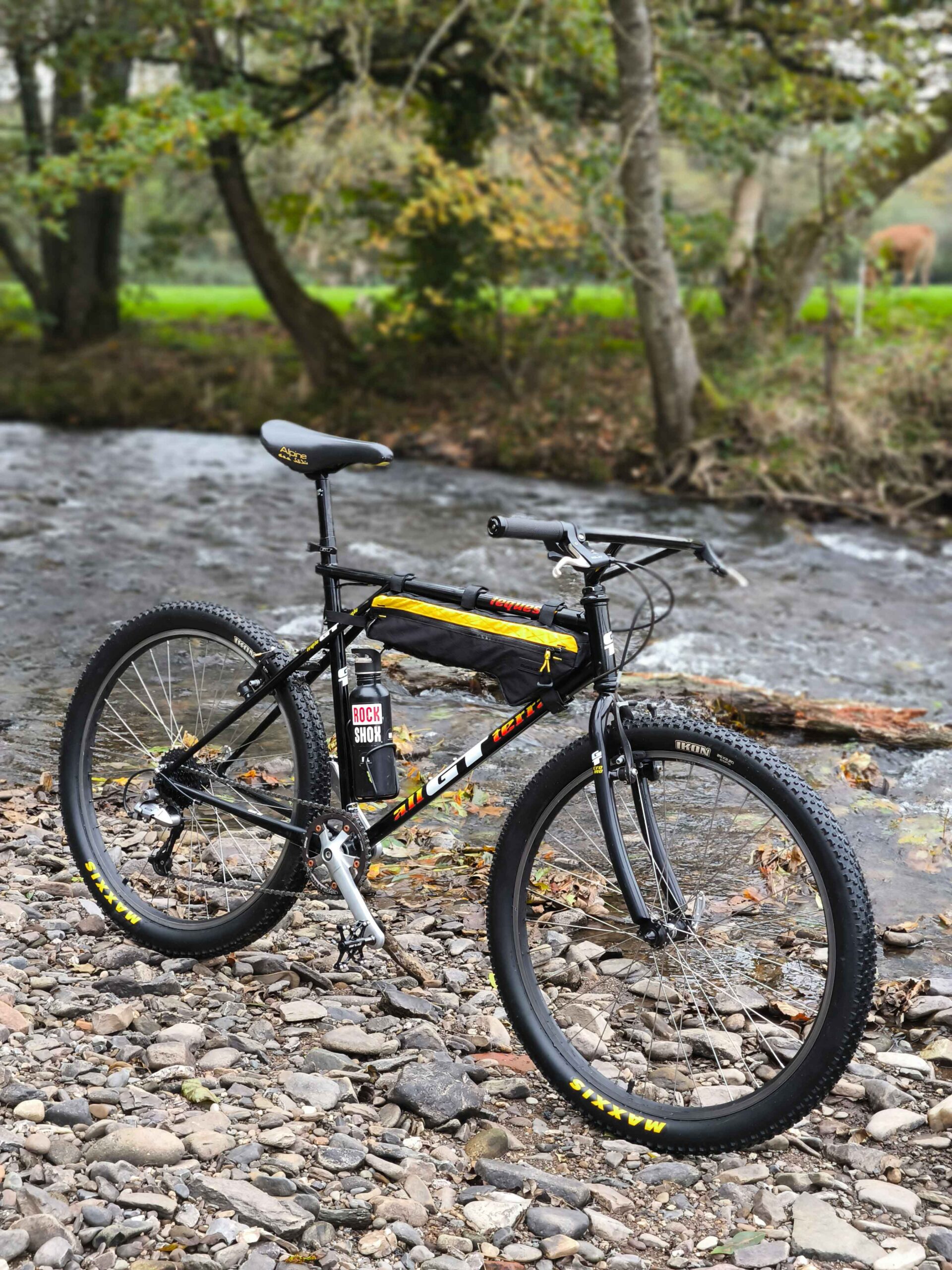
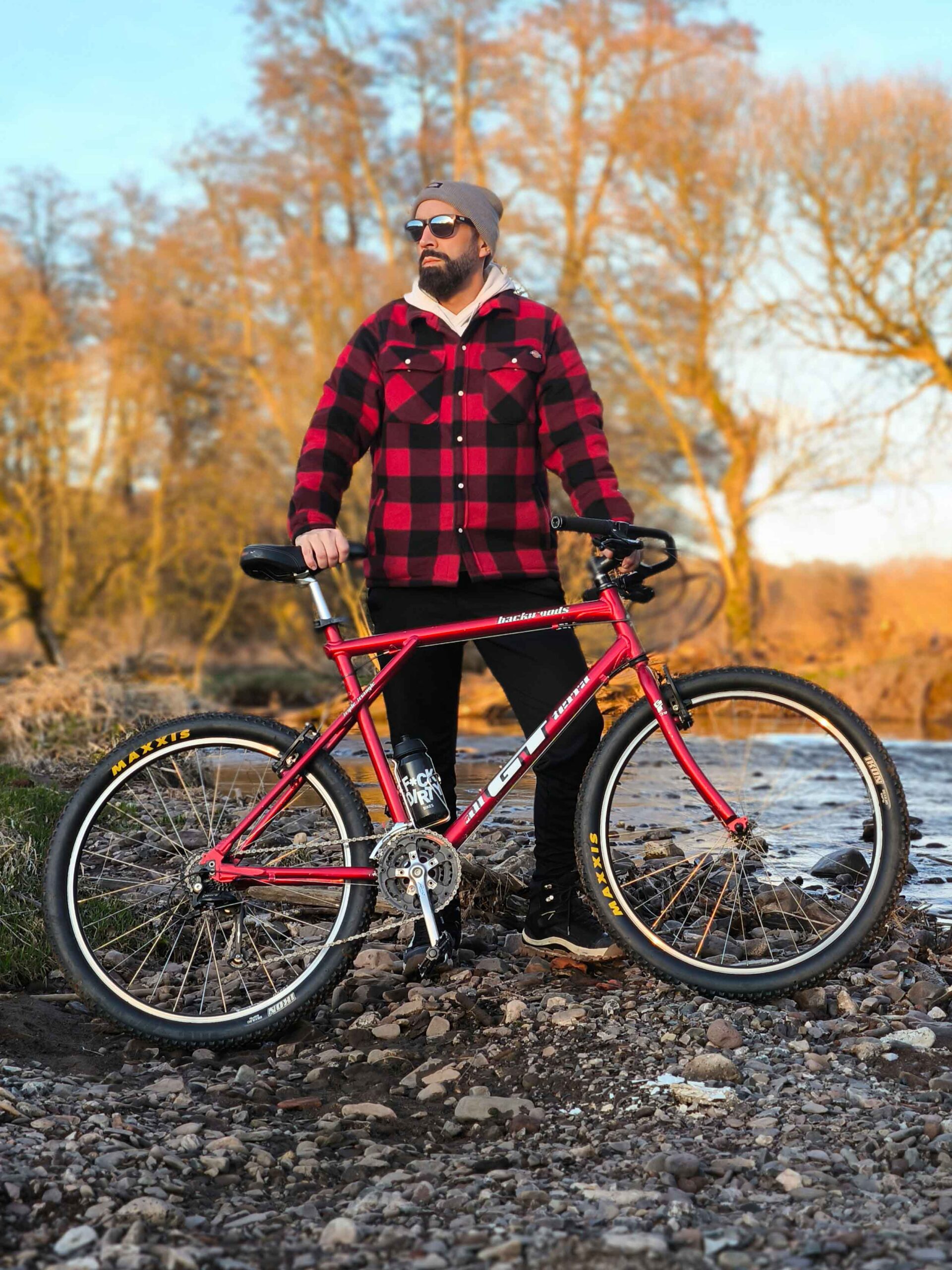
“For me, bikebuilding is like yoga. It keeps me grounded, focused, and connected to something deeper than just the metal and gears.”

You say: “I buy bikes, I build bikes, I ride bikes, I sell bikes… and then it starts again.” What does this endless cycle represent for you?
This endless cycle represents the passion and freedom that cycling brings. Each bike tells its own story, and the process of buying, building, and riding is a form of meditation for me. It’s not just a hobby, but a way of life that constantly challenges and inspires me.
Your blog Gravel and Breathe seems more like a mantra than just a title. What is the essence of this project, and what do you aim to convey through your photos and words?
Gravel and Breathe is actually like a mantra for me. I haven’t been into this bicycle stuff for all that long. It all started with my sister’s battle with cancer and her suffering, which sadly led to her passing away five years ago, far too young. I had a constant feeling of helplessness and ineffectiveness, which almost drove me mad.
As a child and teenager, I used to ride bikes a lot, discovering the feeling of freedom and going on bike tours with my old Schauff mountain bike. I believe today they call it bikepacking. So I decided to follow the current trend and got myself an e-bike. After a while, though, I found riding the e-bike too boring, since I was mostly riding fully-suspended singletracks, and downhill was always a bit too reckless for me. Plus, I was building up more endurance, so I got myself a gravel bike and completed my first Gran Fondos with it.
Through gravel riding, I also met other cyclists. One of them (thanks, Jörg!) gave me a beautiful steel frame, and I had the opportunity to watch and learn while building the bike. This fascinated me so much that shortly afterward, I bought an old Wheeler mountain bike and started restoring it, or rather, converting it into a drop-bar mountain bike. This tinkering captivated me from the start due to its meditative nature. It was almost like a mindfulness practice, and today it’s become my daily garage yoga. I can’t exactly say how many bikes I’ve built since then.
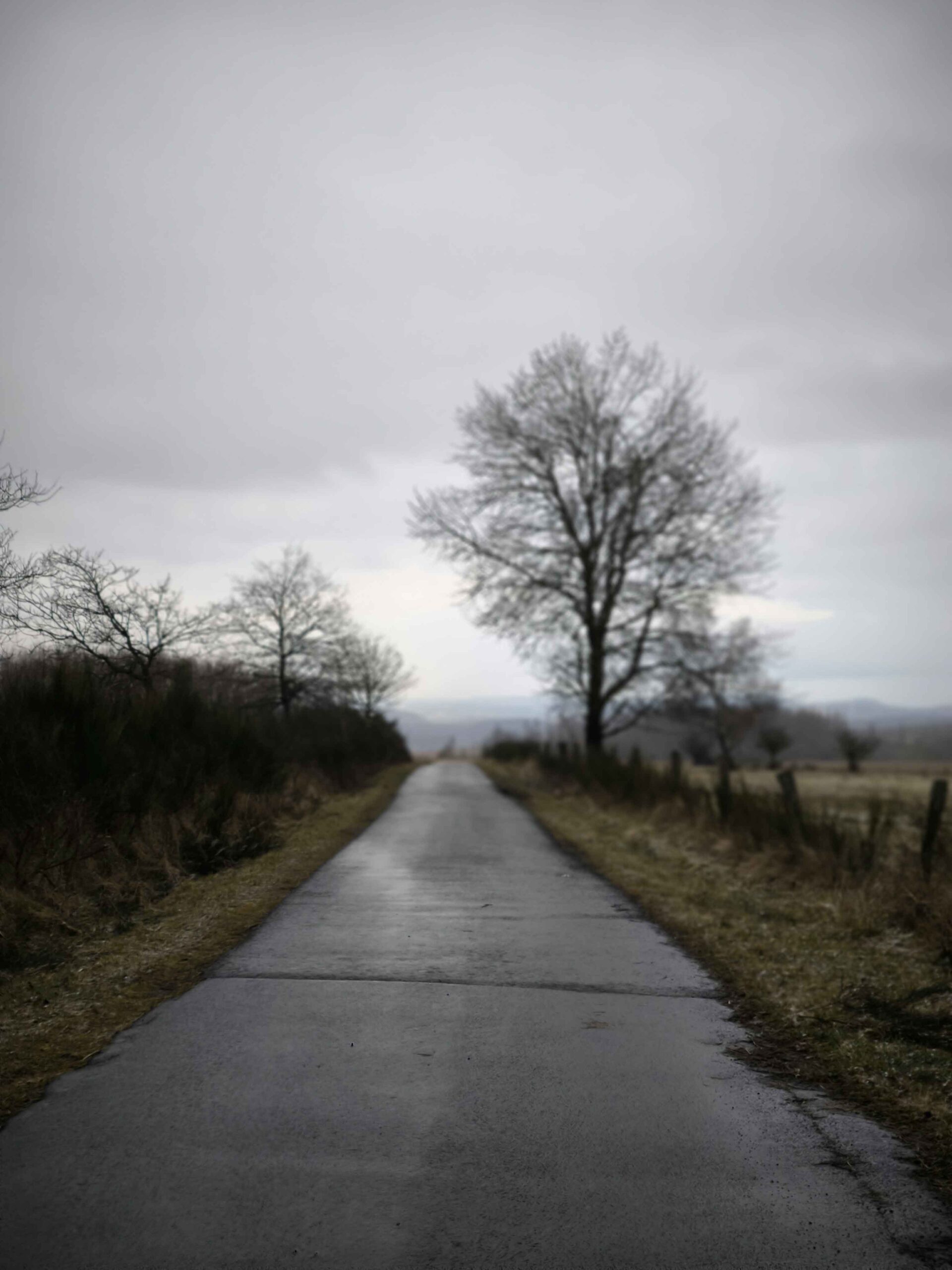
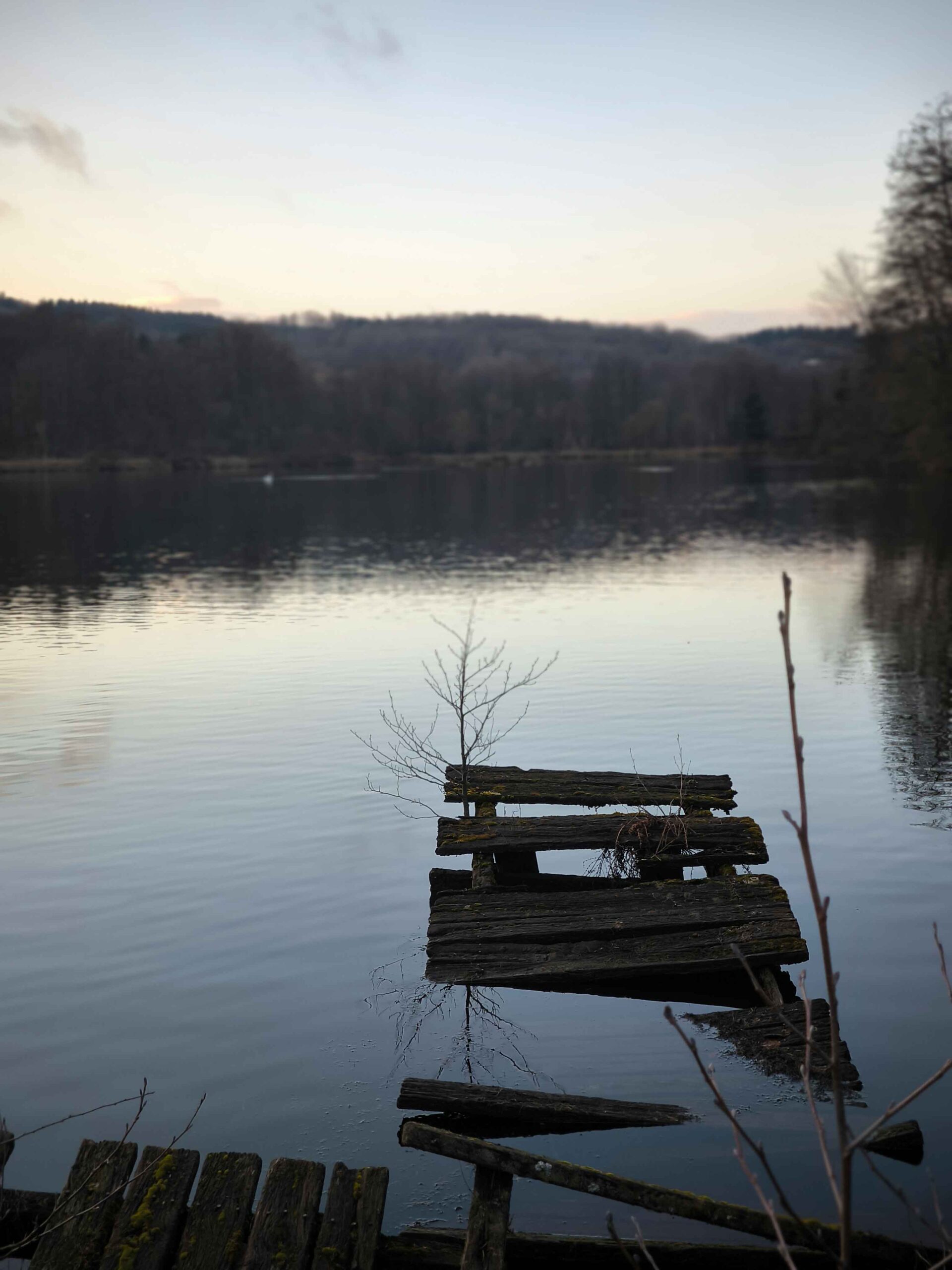
Today’s market focuses on ever-larger wheels, aggressive geometries, and constantly changing standards. Yet, you continue to believe in 26er MTBs. What fascinates you about these bikes?
I find 26-inch mountain bikes fascinating because they radiate a special sense of nostalgia and durability. These bikes are simple, robust, and have a great history. They represent the roots of mountain biking – a time when the focus was more on the rider and less on the technology. They offer an unfiltered riding experience that many modern bikes no longer have.
Do you think 26” still has a role today? If so, what is it?
Yes, I think 26-inch wheels definitely still play a role. They are perfect for certain terrains and offer agility that larger wheels often can’t achieve. For many riders, especially those who appreciate classic mountain biking, the 26-inch option remains an excellent choice.
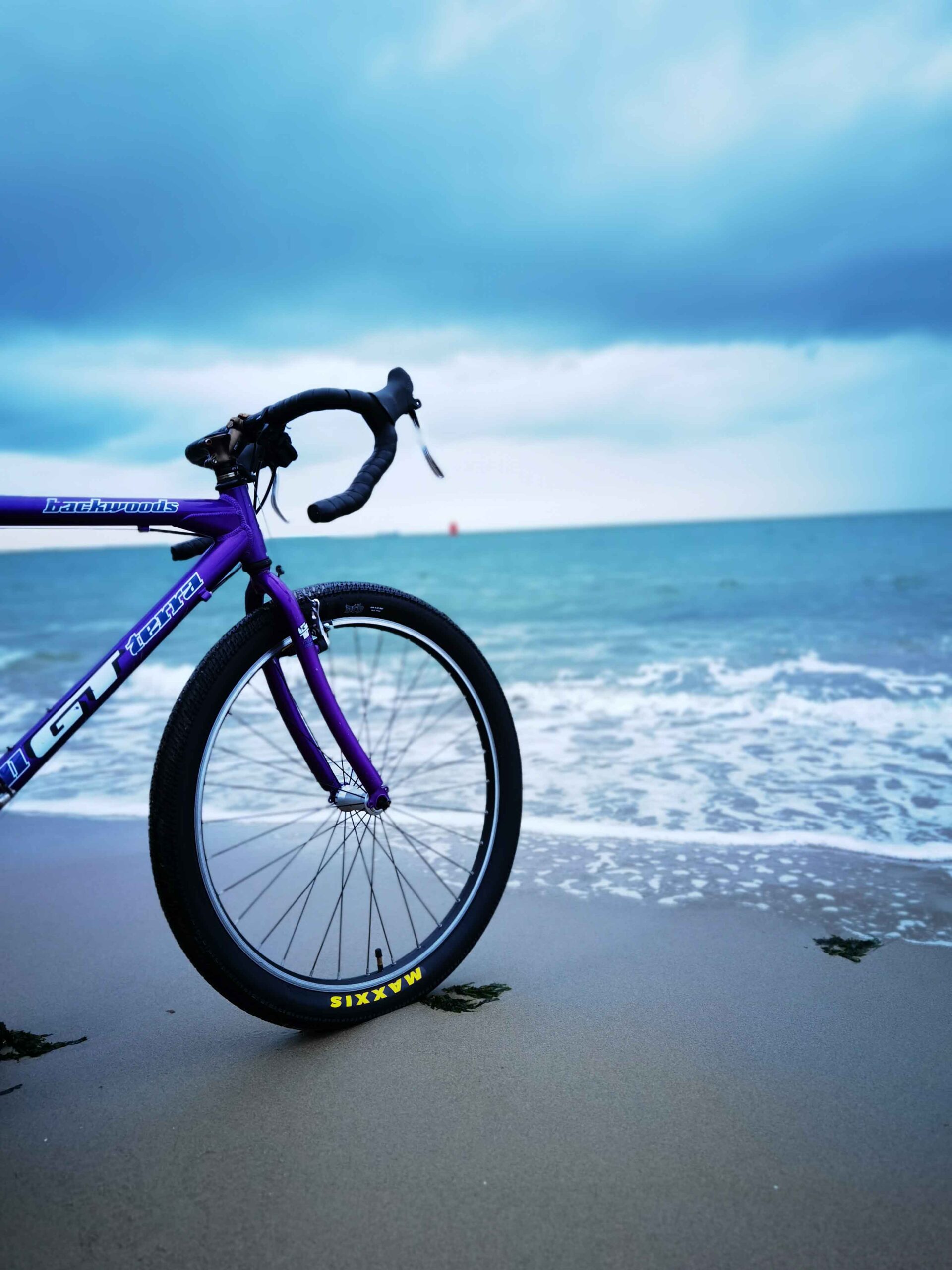
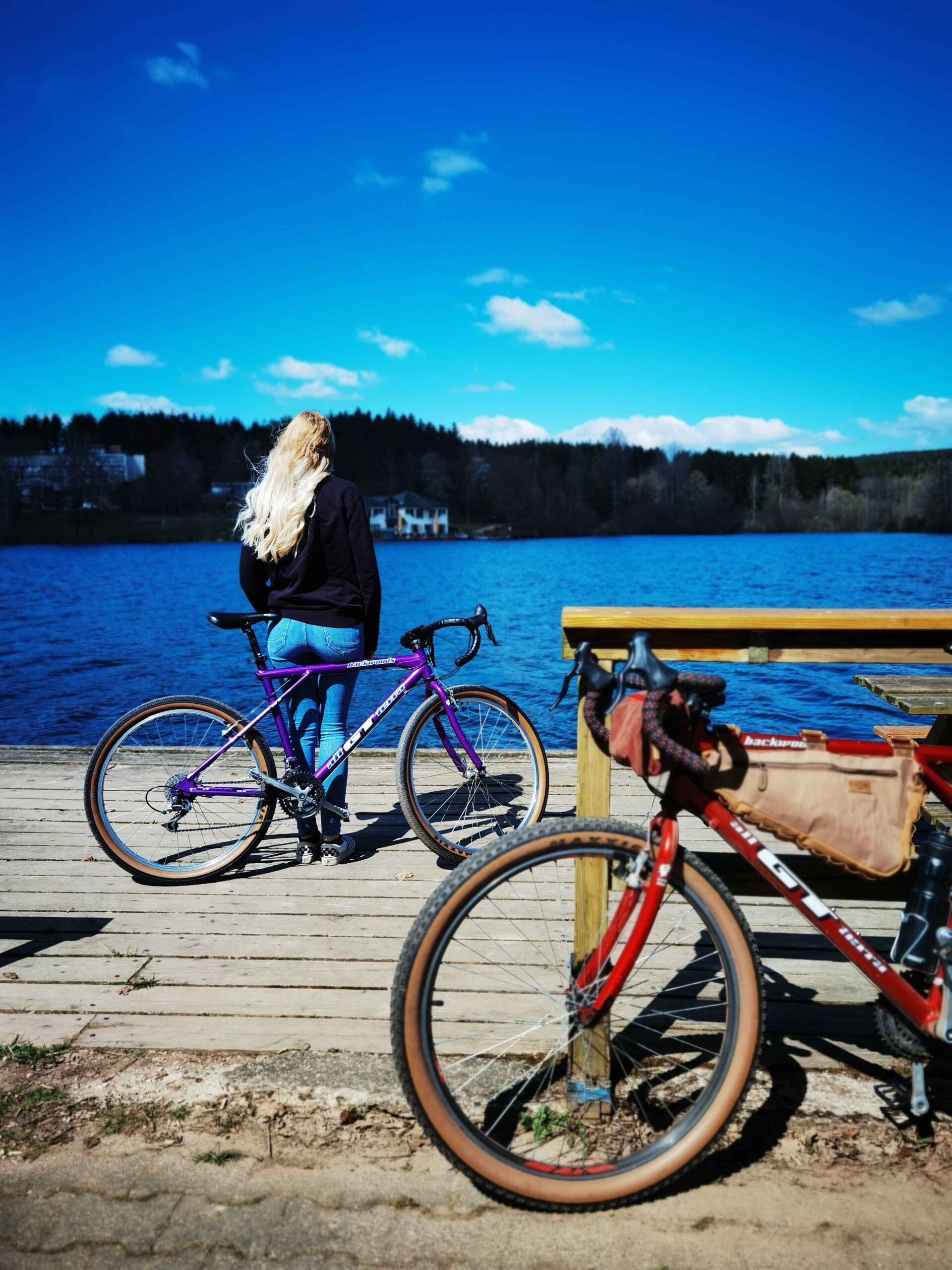
"Cycling is not just about the ride, it’s about the people, the stories, and the meditative rhythm of turning wrenches and wheels."
From your experience, what has been the best 26er you’ve ever had in your hands? Is there one you would never sell?
That’s really hard to answer. I have some bikes here that I’d only part with for a lot of pain, if at all. I really like the old GT steel frames, and I also have a Tequesta that I enjoy riding. But I also have a beautiful red GT Backwoods with an aluminum frame. Besides that, there’s a purple Cannondale M500 and a Diamond Back Mammoth. Both have nice large frames that can also be easily converted into drop-bar mountain bikes.
Each of these bikes offers a different riding experience, and I really can’t say which one would be the best. I place less value on technically high-end components. What matters more to me is the feeling that the bike gives me.
Is your passion solely tied to bicycles, or is there also a more philosophical aspect to what you do?
As I mentioned before, my passion for bikes has become my yoga. It’s not just the tinkering that has a meditative character. Cycling itself, which is combined with so many more sensory impressions, is a means of self-healing and mindfulness. It helps me stay grounded and focused. So, I’m not a typical bike nerd, but rather use this bike stuff as a form of life support.
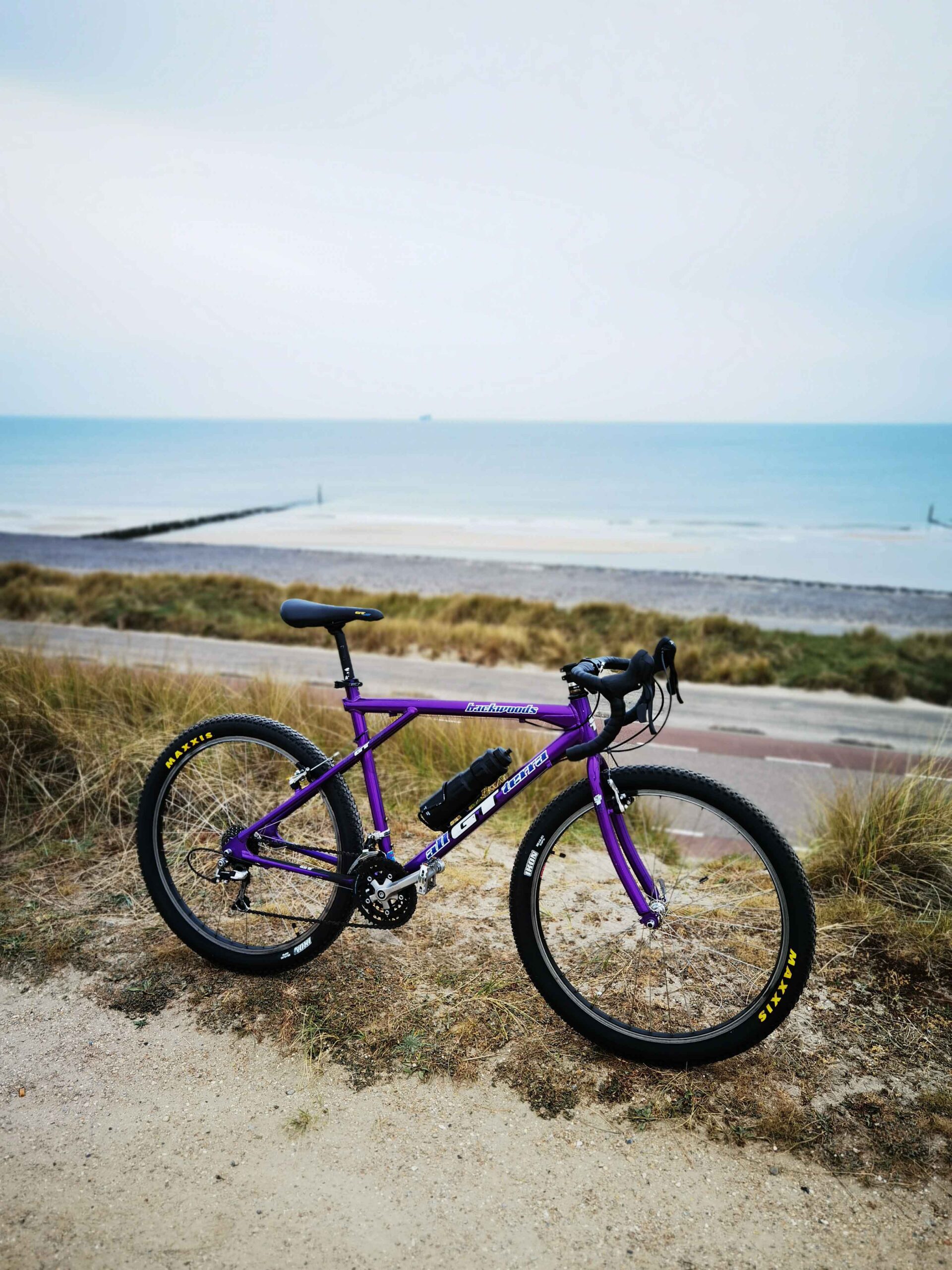
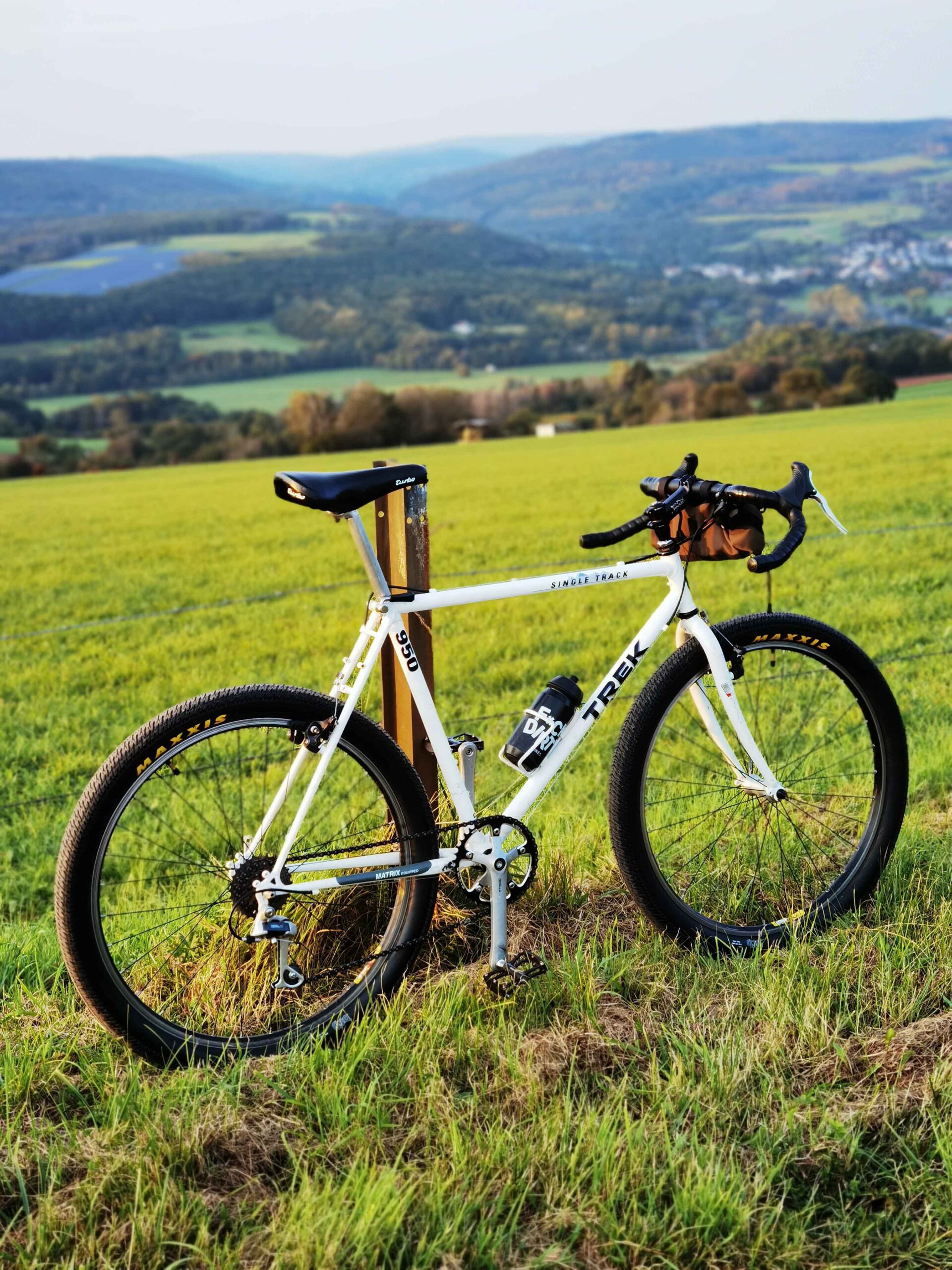
Do you have any upcoming projects or dreams you’d like to realize?
Since I use bike-building and cycling almost therapeutically, I don’t have any big plans or projects. However, this year I’ve set myself the goal of spending more time on the saddle and less time in the garage. I’d also like to spend more time with my family on bikes. Additionally, I would like to incorporate the topic of bikes more into my work as a social worker and get the kids back on bikes instead of in front of the gaming console.
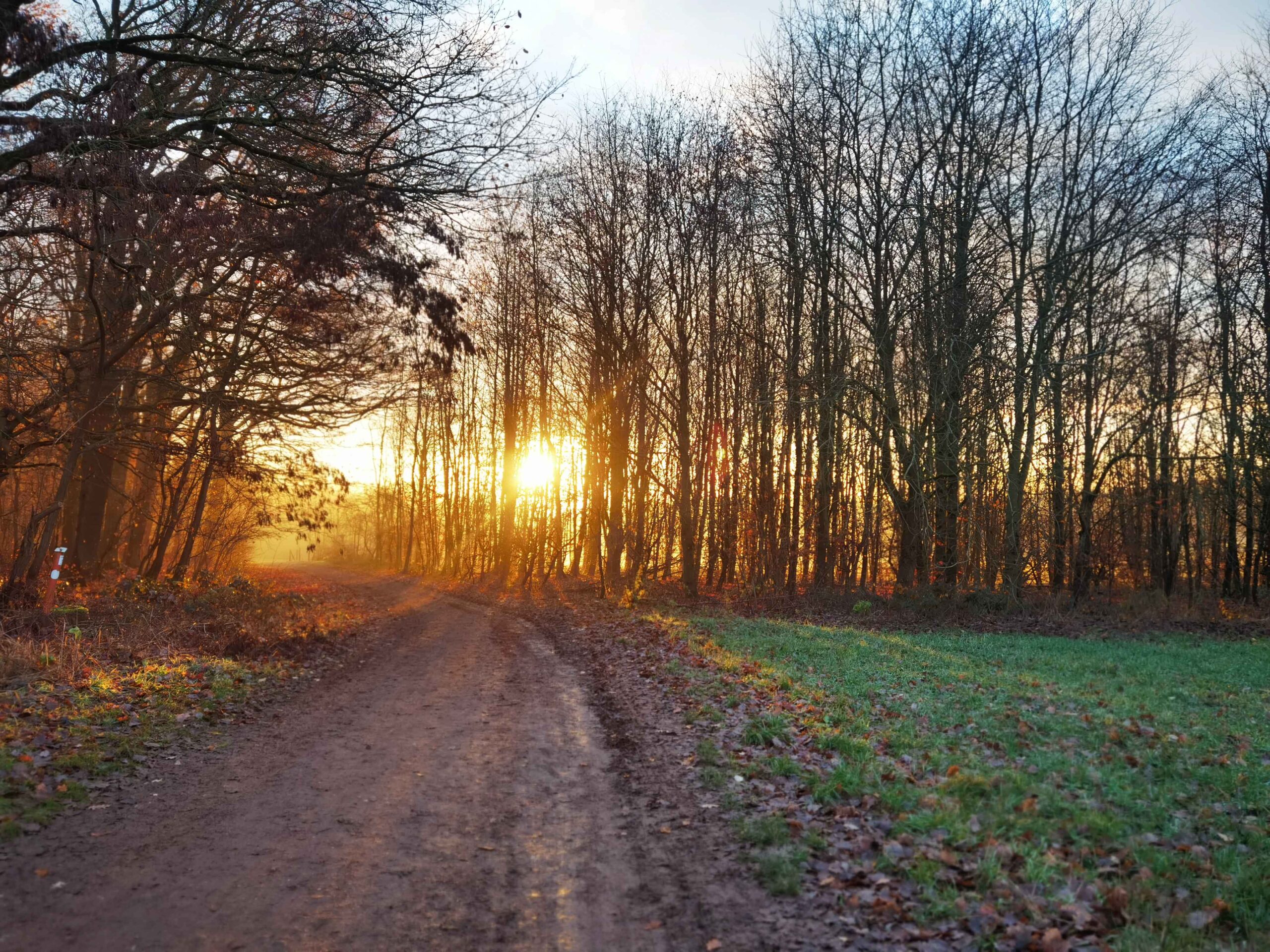
Andreas doesn’t just collect bicycles; he collects experiences. Every frame, every wheel that passes through his hands tells a story that never stops. His approach to cycling is pure, far from commercial logic, and close to the true essence of riding. And perhaps that is precisely why his 26ers continue to find new life and new roads to explore.
Thank you, Andreas, for sharing your vision with us. 26 Ain’t Dead, and with people like you, it never will be.
